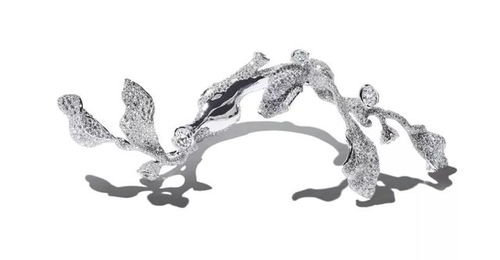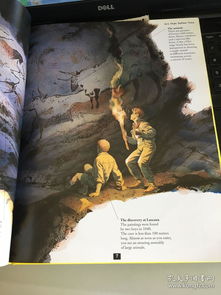Article:
Introduction: Fishing, an ancient and cherished pastime, has been captivating anglers for centuries. One of the most exciting and challenging aspects of fishing is bottom fishing, where the angler targets fish that dwell near the bottom of the water body. In this article, we will delve into the art of bottom fishing and provide you with a comprehensive guide to tuning the float technique. By mastering this skill, you will be able to catch more fish and enjoy a more fulfilling fishing experience.
Understanding the Float Technique: The float technique, also known as the bottom-bouncing technique, is a popular method used in bottom fishing. It involves using a float or bobber to detect when the bait or lure touches the bottom. The float moves vertically with the movement of the bait, allowing the angler to determine the depth at which the fish are located. By understanding and mastering this technique, you will be able to present your bait or lure more effectively and increase your chances of catching fish.
Choosing the Right Equipment: To begin with, it is crucial to select the appropriate equipment for bottom fishing. Here are some essential items you will need:
Rod and Reel: Choose a rod and reel combination suitable for bottom fishing. A medium-heavy action rod with a spinning reel is often recommended. The rod should be long enough to handle the weight of your line and bait.
Line: Use a monofilament line with a breaking strength of 10-20 pounds. The line should be strong enough to withstand the weight of the bait and the force of fighting fish.
Leader: Attach a leader to the main line, typically 6-12 inches long, made of fluorocarbon or monofilament. This leader helps in reducing visibility and protecting the main line from abrasion.
Float or Bobber: Select a float that is suitable for the depth of water you are fishing. The float should be large enough to hold the bait at the desired depth but small enough to allow for precise adjustments.
Hook and Bait: Choose a hook and bait that are appropriate for the species you are targeting. Common baits include worms, shrimp, crabs, and artificial lures.
Setting Up the Float: Once you have gathered all the necessary equipment, it is time to set up the float. Follow these steps:
Attach the leader to the main line using a knot such as an improved clinch knot or a blood knot.
Thread the float onto the leader, ensuring it is centered and balanced. Adjust the float so that it sits at the desired depth when the line is slack.
Attach the hook and bait to the end of the leader, making sure it is securely fastened.
Adjust the float by adding split shot or sliding it up and down the leader to achieve the desired depth.
Tuning the Float Technique: Now that you have set up your equipment, it is time to fine-tune the float technique. Here are some key points to consider:
Start by casting your line out into the water. Allow the float to settle at the desired depth.
Watch the float closely for any movement. If the float suddenly sinks or rises, it indicates that the bait has touched the bottom or been taken by a fish.
When you see the float move, gently retrieve the line to set the hook. If you feel resistance, it is likely a fish. Gently tug on the line to ensure the hook is set.

If the float remains still, it may indicate that the bait is too light or too heavy. Adjust the weight of the float or the amount of split shot accordingly.
Practice casting and retrieving techniques to become more proficient in detecting subtle movements of the float.
Conclusion: Mastering the art of bottom fishing and tuning the float technique requires practice and patience. By following the guidelines outlined in this article, you will be well on your way to becoming a skilled bottom fisherman. Remember to choose the right equipment, set up your float properly, and fine-tune your technique. With practice, you will be able to catch more fish and enjoy the thrill of bottom fishing. Happy fishing!












